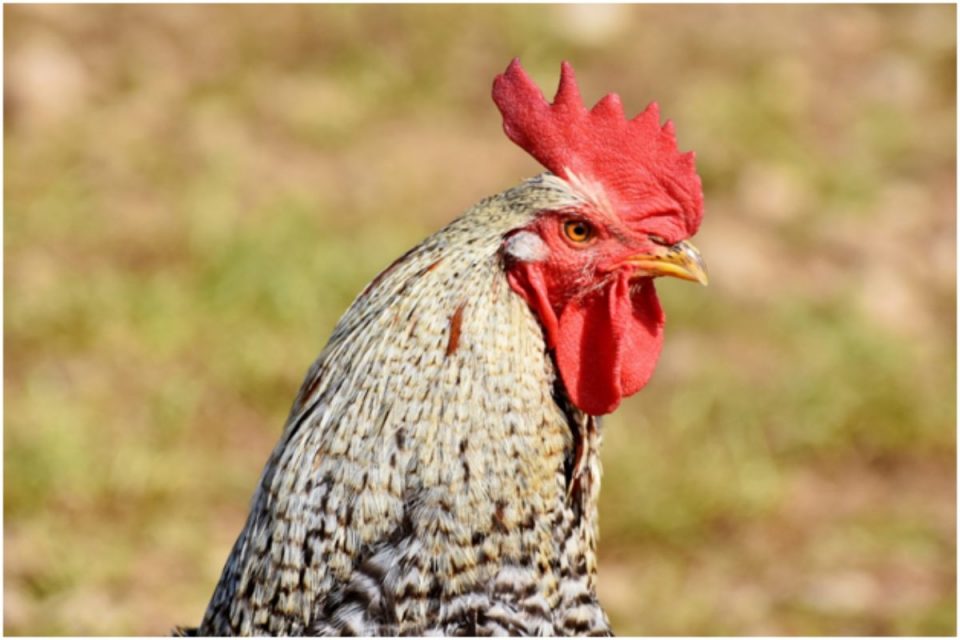Like many trends, the coronavirus covid-19 pandemic has accelerated the increase of keeping chickens.
It isn’t only because of the need many people have of caring for another life, especially a unique and beautiful one like a chicken. One thing is for certain, you’ll never have fresher eggs and your garden will be clean of most insect pests.
So what’s involved in keeping chickens? Keep reading to see if you have the necessary requirements before jumping into the deep end.
Table of Contents
Keeping Chickens: What’s Involved?
Learning how to keep chickens isn’t all that hard, even if you’re keeping chickens in winter. Keeping chickens for eggs or meat is the most common. It’s an investment in time, resources, and attention.
You have to have the space and the willingness to protect them from predators. If you’re in a rural area, space usually isn’t a problem but predators come in spades. The top needs for chickens are:
- A suitable chicken house or coop
- An outside area or “chicken run”
- Safety behind a fence and a durable shelter
- Daily feeding
- Daily watering
- Buying your flocks at one time
- Medical care
Chicken House, Coop, and Flocking
Chickens for laying eggs or for growing meat tend to be different breeds. You need to decide what your chickens will be kept for before you buy your flock. You’ll want to try to buy them all at the same time to prevent issues with the pecking order as they settle in.
Chicks only need about one square foot per bird. One full-grown chicken will need at least three square feet of space per bird. That said, giving only three square feet to one bird won’t get you good meat or eggs, since they need to run freely to be healthy.
An eight-foot by ten-foot coop with a chicken run should be adequate for several birds.
Security Systems
Chicken houses with automatic doors on a schedule are great for keeping out predators. Ideally, any mesh should be buried about 10 inches deep into the ground and at least six feet high. Three lines of electric tape at various heights should prevent foxes from getting to them if you have foxes.
Other predators need careful consideration. The Chicken house should be durable, dry, and not drafty.
Feeding and Watering
When you’re feeding chicks a protein content of 21% is ideal. You can click for more info on chick feed, but it usually comes in 50lb sizes.
Chickens typically will begin to feed on worms, beetles, and best of all mealworms you can grow yourself if you so choose. They also keep your garden clear of pests if you choose to have them peruse.
Only, be aware that chickens are omnivores and will eat meat as well as veggies and fruit. Watch out for apple seeds, avocado, raw amaranth, apricots, uncooked beans, butter, cherry pits, raw chicken, chocolate, chives, coffee, and dairy.
They need daily watering as well, up to two liters of water per chicken per day.
Because they need daily care, chickens shouldn’t be left alone on a weekend without supervision.
Here, ChickyChicky
Keeping chickens helps your composite pile, your gut, and it’s fun. If you’ve decided to keep chickens for any reason, we applaud your decision — as long as you’ve done your homework.
Hopefully, this little guide has helped you understand a taste of what’s involved. Keep browsing our articles to get more tips on living green and being healthy!

